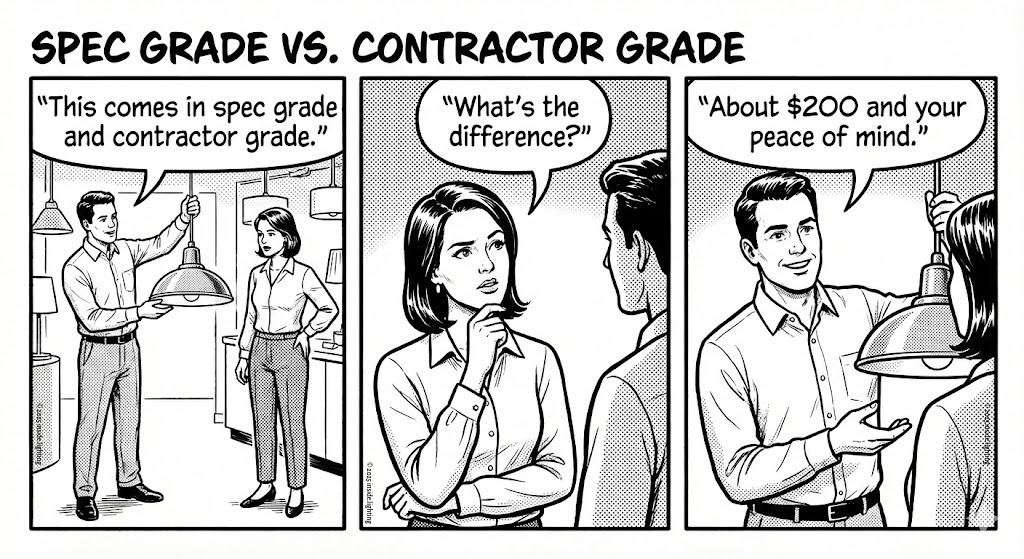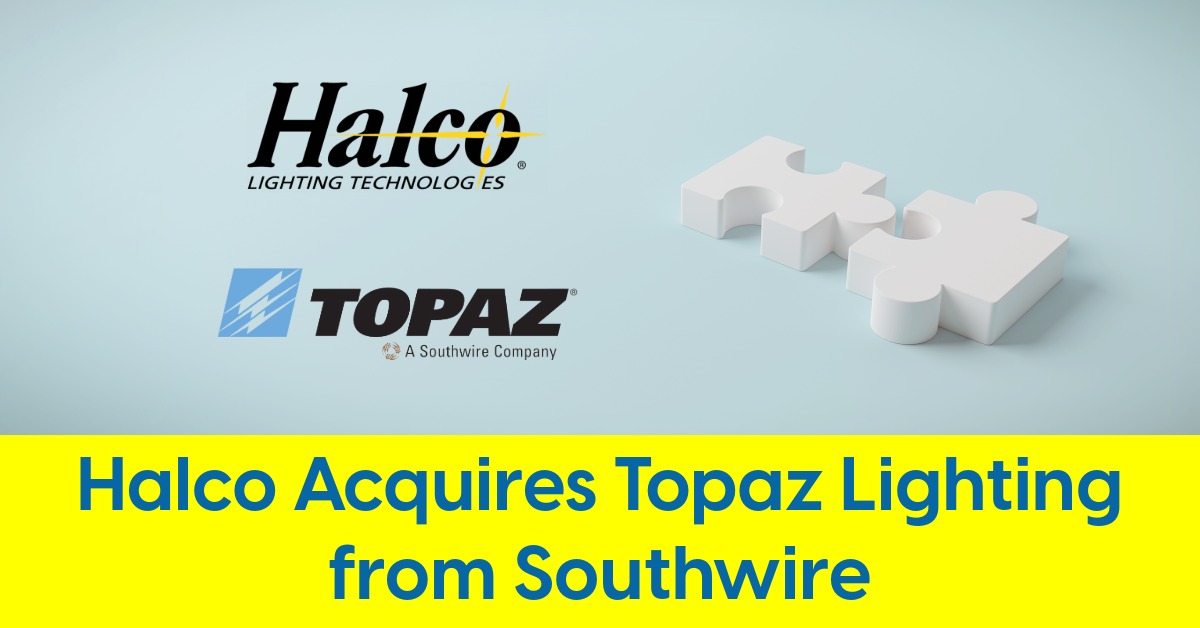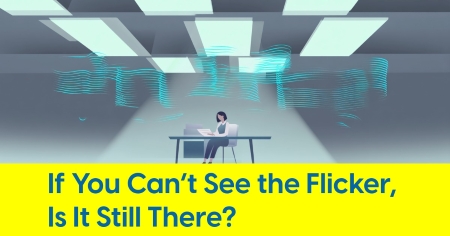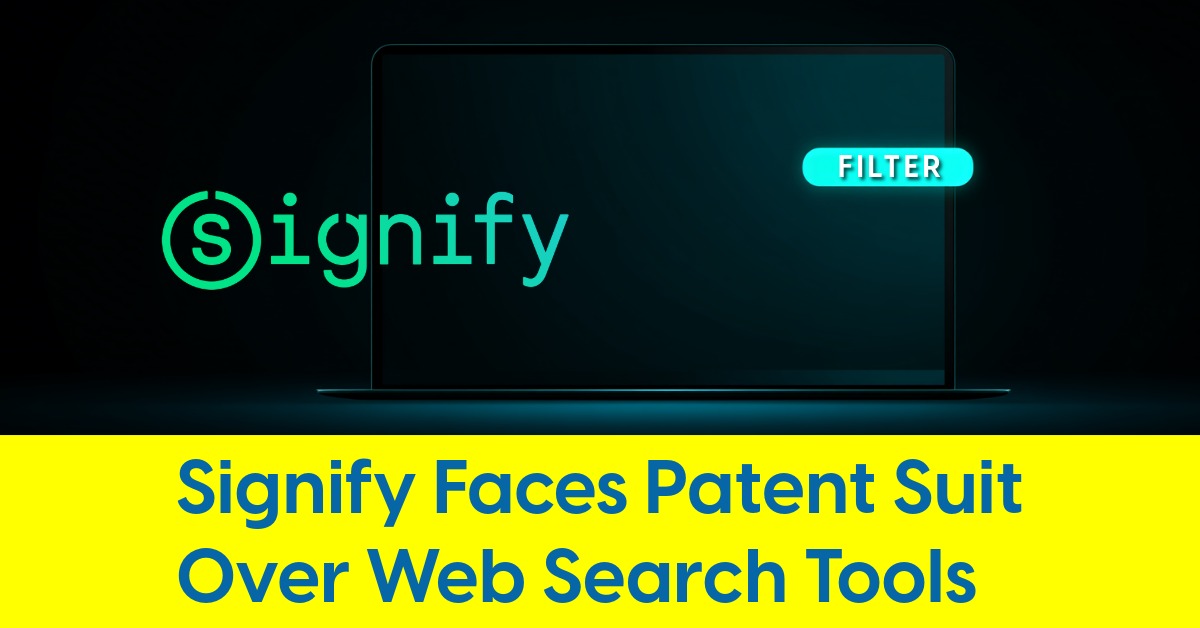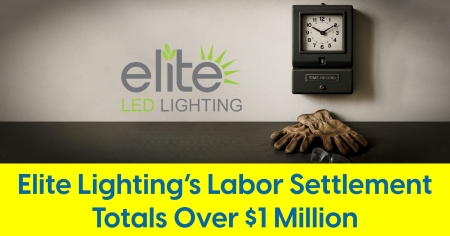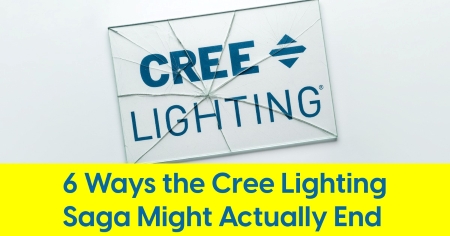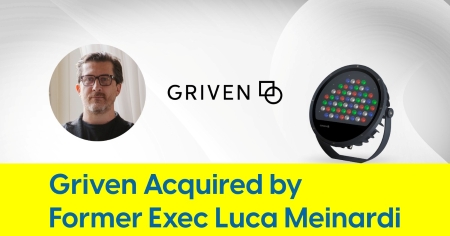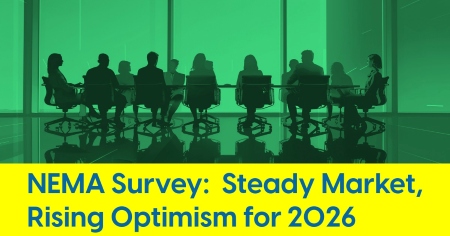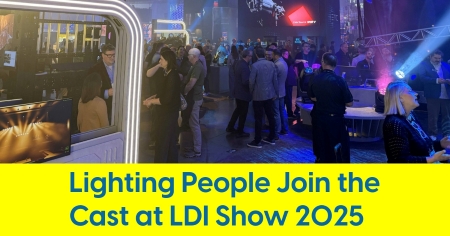June 14, 2025
5 Things to Know: June 14

Top researcher challenges the notion that engineering is apolitical. Plus, how much royalty does Signify earn from each licensed product sold?
Here's a roundup of some of the week's happenings curated to help lighting people stay informed.
1 . Linking Lighting Education to Societal Impacts
Kevin Houser, Ph. D. — a leading lighting researcher at Oregon State University and also affiliated with Pacific Northwest National Laboratory — argues that lighting design and education are inherently political acts. In his recent opinion piece, Houser challenges the long-standing framing of lighting as an apolitical technical discipline, asserting that public lighting decisions distribute resources and burdens across communities in ways that reflect and reinforce structural inequities tied to race, class, gender, geography, and ability.
Houser critiques what scholars call the “ideology of depoliticization” in engineering and lighting education — where students are trained to master technical problems while remaining detached from the societal impacts of their work. He highlights the concept of light justice, which acknowledges that marginalized communities consistently receive poorer lighting environments, both in public spaces and interiors, with real consequences for health, safety, education, and economic opportunity.
Houser suggests three major changes:
- Broaden lighting education to include social, political, and historical context — not just technical mastery.
- Integrate critical awareness of systemic inequities and how lighting decisions impact different communities.
- Empower students to recognize patterns of lighting inequality and seek more equitable solutions.
Houser argues that politicizing lighting education doesn’t dilute technical rigor — it enhances it by expanding what effective, ethical practice truly demands.
2. Orion: 90 Days from a Critical Crossroads
LED lighting maker Orion Energy Systems has just 90 days left to regain compliance with Nasdaq’s $1.00 minimum bid price requirement. The company’s stock closed at $0.58 on June 13, extending a steady decline that’s kept shares underwater for months. With no recent momentum — and most recent daily closes hovering between $0.57 and $0.61 — a voluntary reverse stock split is increasingly likely.
Nasdaq granted Orion a six-month extension in March, setting a September 15 deadline. To avoid delisting, the stock must close at or above $1.00 for 10 consecutive trading days — a milestone it has not reached over the past 212 trading sessions. Barring a sudden rally or corporate action, Nasdaq delisting proceedings will likely begin this fall.
Orion has stated it’s ready to deliver results, but the market’s response remains uncertain. For now, the stock trades in limbo, caught between operational ambitions and investor skepticism. The next three months could determine whether Orion remains listed on a major exchange — or begins a lower-profile chapter in the over-the-counter markets.
3. Signify’s Licensing Model
Signify updated the slide deck of its EnabLED Licensing Program, a key program that supports its grip on the LED market's intellectual property terrain. The refreshed terms reveal a tiered royalty systemthat leaves little ambiguity about what’s owed and when — though some manufacturers reportedly negotiate customized licensing arrangements that are more favorable than these published terms.
Royalty rates for LED Luminaires (based on net revenues):
- 3% for Single Color luminaires (fixed white or fixed color)
- 4% for Tunable White luminaires (adjustable color temperature)
- 5% for Color Changing luminaires
Royalty rates for LED Retrofit Bulbs:
- 5% of net revenues
- €0.25 ($0.29 USD) minimum per unit, unless Licensee is compliant and sales occurred after January 1, 2015. This clause could position Signify to seek significantly higher back royalties from lamp makers who fall out of compliance.
Royalties apply only in jurisdictions where Signify holds one or more enforceable patents tied to the product’s features. Net revenue excludes freight, insurance, and taxes.
Payment Models:
- Standard Approach: Royalties calculated by product type and geography.
- Flat Rate Option: A single percentage based on historical turnover and portfolio mapping, paid quarterly.
Royalty Exemptions:
- Products using only qualified components (modules, drivers, controls) from:
- Signify
- Lumileds (modules only)
- Osram GmbH
- Zumtobel AG
— are exempt from royalty fees, but still require a license agreement.
In essence, even when the royalties disappear, the legal obligation doesn’t. With this structure, Signify doesn’t just license IP — it builds a financial perimeter around how many lighting products enter the market.
4. Crackdown on Turtle-Unfriendly Lighting
As sea turtle nesting season begins on Fort Myers Beach, Gulf Coast News reports that local officials have issued 70 lighting code violations for non-compliance with turtle-safe lighting rules. These amber-hued lights are critical: artificial light can fatally disorient hatchlings trying to reach the ocean.
Code enforcement had been relaxed after Hurricane Ian due to widespread rebuilding, but officials say there’s no excuse now. Residents and businesses are being reminded to turn off unnecessary lights, block indoor lighting visible from the beach, and use Florida Fish and Wildlife-approved fixtures. As one ranger put it, “This is easily preventable.”
5. LRC Launches Two Advanced Education Programs
Rensselaer Polytechnic Institute’s Lighting Research Center (LRC) is expanding its professional education offerings with two new programs aimed at advancing industry knowledge in lighting innovation and measurement.
3D Printing for Lighting – Online Course (July 9 – August 6, 2025):
A five-week interactive course designed for lighting and additive manufacturing professionals. Participants will explore 3D printing technologies, materials, and design principles specific to lighting systems. Industry leaders from HP, Stratasys, and Desktop Metal will contribute to the sessions. Attendees will design components for fabrication and receive 15 CEUs upon completion. Cost: $1,800.
The Photometry Institute (August 18–19, 2025):
Held in Troy, New York, this two-day immersive course focuses on photometric, colorimetric, and spectral evaluation of lighting systems. Designed for engineers, product developers, and test lab personnel, it includes equipment demonstrations and lab work. Attendees will earn 16 CEUs. Cost: $1,800, including meals and materials.
Both programs are led by renowned LRC researchers and offer direct, practical training for today’s lighting professionals.

